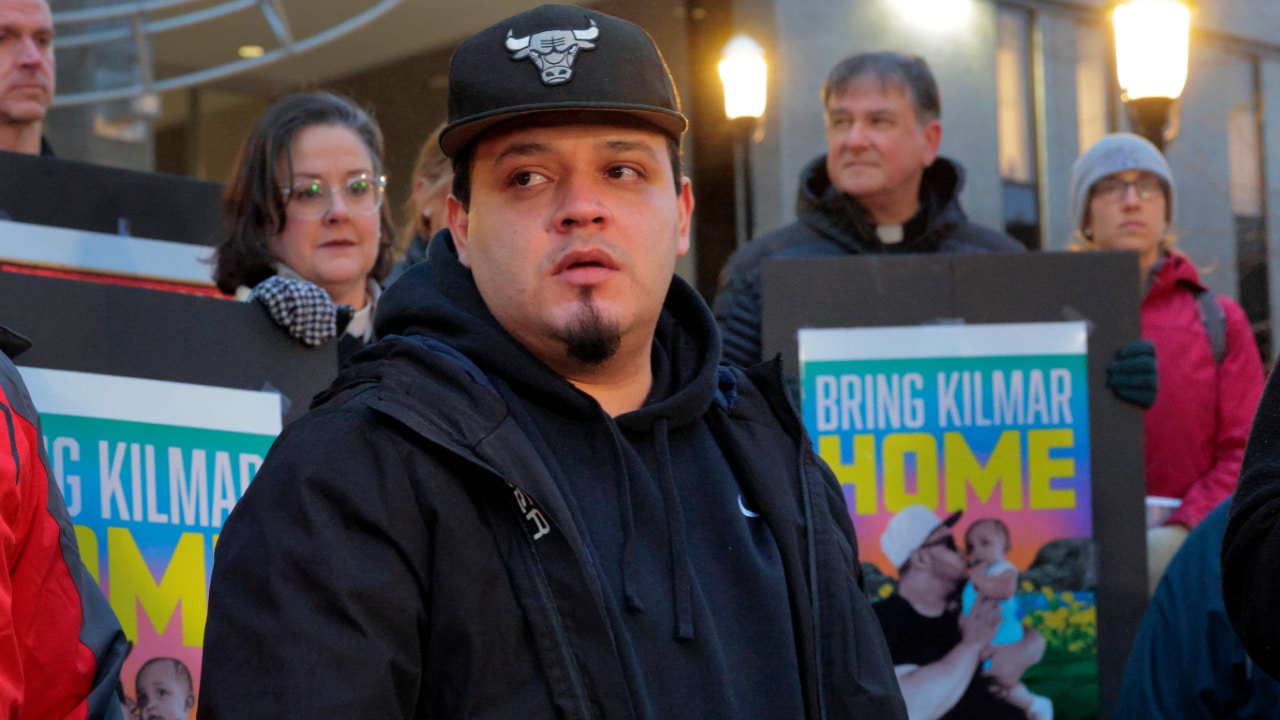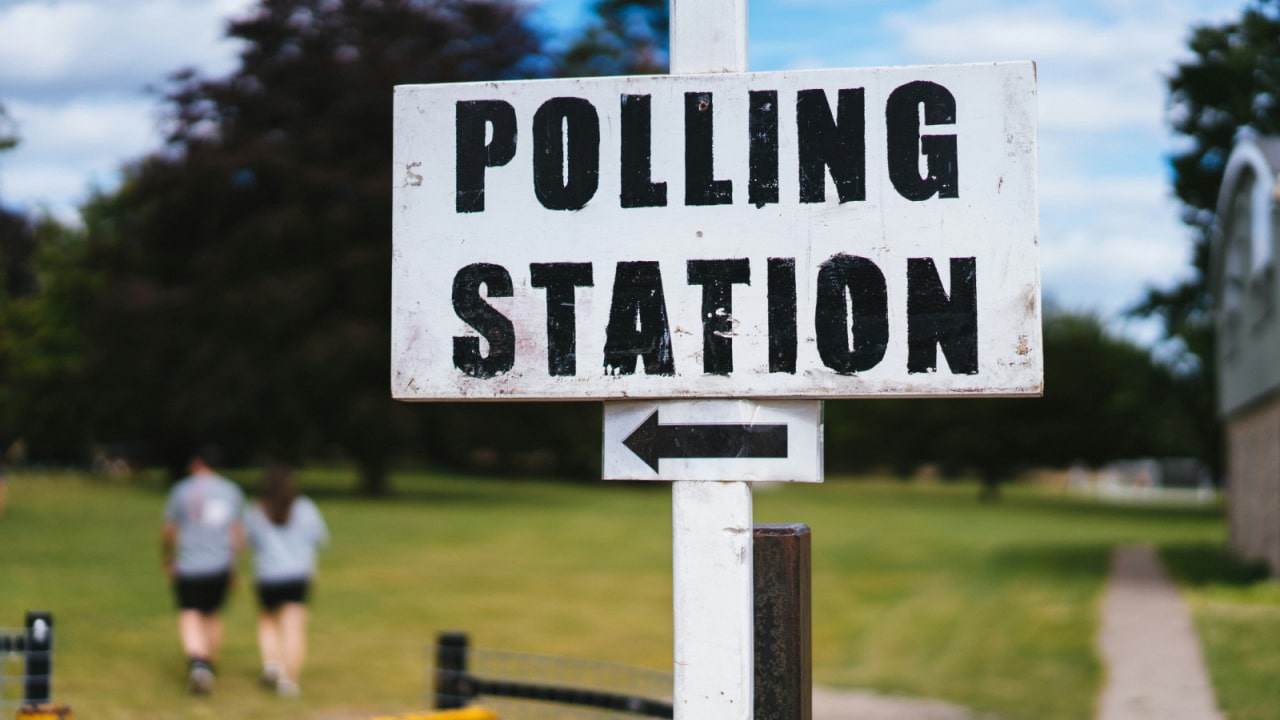Rescue Teams Watched as a 13-Year-Old Girl Slowly Died in a Volcanic Mudslide for 3 Days in 1985
In 1985, something truly bizarre happened in Colombia: following a volcanic eruption that killed more than 25,000 people and destroyed a total of 14 surrounding villages, a 13-year-old girl named Omayra Sánchez Garzón was found alive, trapped under layers of debris, water and mud. The only problem was that nobody knew how to get Omayra Sánchez out.
The eruption happened nearly 40 years ago, but Omayra’s story lingers in the memories of many, especially as a symbol of the Colombian government’s failure to act in what is now known as the Armero tragedy. Towering over the surrounding areas at nearly 18,000 feet, the Nevado del Ruiz volcano was gearing up to blow, after 69 years of silence, just 30 miles west of a small town called Armero, Tolima, according to All That’s Interesting.
Two months after a September warning from the Colombian government, the volcano erupted on Nov. 13, 1985. Although the explosion itself was relatively small, it devastated the nearby villages not with lava, but with the nearby glaciers that melted as a result of the explosion.
A landslide of mud and water then traveled down the volcano at an estimated speed of about 20 mph (some estimates say as slow as 13 mph while others say 25 mph) and destroyed the town of Armero, engulfing up to 85% of it in sludge and water while also killing an estimated 25,000 of its 30,000 residents.
While some lucky souls managed to escape the wreckage with minor injuries, many people drowned beneath the mudslide, including Omayra…kind of. When rescue teams arrived hours later, they found Omayra Sánchez in an odd, seemingly unthinkable position.
A combination of mud and debris had trapped the lower half of her body underwater, as did the corpse of her aunt, who grabbed onto Omayra’s ankles to try and pull herself up before she drowned. After initial attempts to free her from the debris, the rescue team’s worst fears were confirmed. Omayra Sánchez’s legs would have to be broken or amputated for her to have any chance of escaping the mudslide, also known as a lahar.
Without the proper equipment to perform such a procedure, the teams agreed that the best they could do for Omayra was to keep her comfortable and in good spirits before she died. According to History of Yesterday, this turned out to be a successful effort, as Omayra spent her final days singing songs, talking with reporters and drinking soda.
However, things took a turn for the worse on Omayra’s third and final day in the debris. Hours before she died, Omayra began hallucinating and deteriorating both mentally and physically at an increasingly rapid rate. “I don’t want to be late for school,” she said, clearly disoriented and drifting in and out of lucidity. “I’m going to miss a year because I haven’t been to school for two days,” she told a reporter.
A French photojournalist named Frank Fournier, who arrived at the scene roughly three hours before she died, is the man behind the now-infamous photo of Omayra, her hands completely white from the lack of circulation and her eyes so badly bloodshot that they appeared black.
Ultimately, Omayra Sánchez died from a combination of gangrene and hypothermia. A thoroughly disturbing broadcast from a local Colombian outlet shows Omayra saying goodbye to her mother, a nurse who was able to escape the lahar with Omayra’s little brother, and asking the volunteer rescue team to let her rest. Fournier stayed at her side until she took her final breaths.
The photograph taken by Fournier went on to win the 1986 World Press Photo of the Year, sparking global outrage at the Colombian government’s total lack of response. The renewed interest in the Armero tragedy revealed a systemic failure in the government’s response to the disaster.
“When I took the pictures I felt totally powerless in front of this little girl, who was facing death with courage and dignity,” recalled Fournier. “I felt that the only thing I could do was to report properly… and hope that it would mobilize people to help the ones that had been rescued and had been saved.”
Many members of the rescue team were volunteers who were not equipped with the kind of medical equipment that could have saved Omayra’s life. Additionally, not a single member of Colombia’s 100,000 person army or its 65,000 person police force was sent to assist volunteers in their rescue efforts.
Some neighboring and allied nations did send helicopters, which allowed the rescue teams to send survivors to nearby triage centers, but the death count was much higher than it should have been and their efforts were mostly inconsequential. By the time any rescue plan was put into place, the damage had been done. As for the Armero residents who did survive, more than 70 of them required some kind of amputation or life-saving procedure to treat their injuries.
Fournier, once again, recalled the day’s events in an interview with BBC two decades after the blast, saying, “All around, hundreds of people were trapped. Rescuers were having difficulty reaching them. I could hear people screaming for help and then silence — an eerie silence.” He added, “It was very haunting.”
Defending the country’s rescue efforts, Colombia’s minister of defense, General Miguel Vega Uribe, who was also the highest-ranking official involved with the rescue, claimed, “We are an underdeveloped country and don’t have that kind of equipment.” He also noted that troops were not deployed because they would not have been able to navigate the mud and debris that devastated the town.
Although Fournier himself was the subject of some criticism, as a result of his inability to help Omayra in her time of need, he’s proud of what he was able to accomplish with a single photograph, which has served to immortalize the young girl’s experience. “There are hundreds of thousands of Omayras around the world — important stories about the poor and the weak and we photojournalists are there to create the bridge,” he said, adding, “I was lucky that I could act as a bridge to link people with her.”
A mass funeral organized after the eruption saw mourners and activists holding up a flag in honor of the victims. The flag read, “The volcano didn’t kill 22,000 people. The government killed them.”




